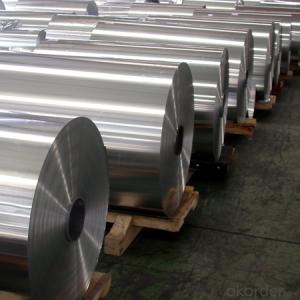Aluminum profiles are the unsung heroes of modern design and engineering. They are the silent backbone of countless structures, furniture, and machinery. Yet, despite their ubiquity, many people don’t realize the depth of innovation that goes into creating these versatile and indispensable components. Let’s dive into the world of aluminum profiles and explore their journey from raw material to the framework for innovation.
The Essence of Aluminum
Aluminum is a lightweight, durable, and corrosion-resistant metal that has been a favorite among engineers and designers for decades. It’s easy to work with, which makes it perfect for creating profiles that can be used in a wide range of applications. But what exactly are aluminum profiles? In simple terms, they are long, continuous extrusions with a uniform cross-sectional shape. These shapes can be as simple as a rod or tube, or as complex as an I-beam or channel.
From Raw Material to Finished Product
The journey of aluminum profiles begins with the extraction of aluminum from its ore, bauxite. This is followed by a process called smelting, where the aluminum is purified and then heated to a molten state. The next step is extrusion, where the molten aluminum is pushed through a die to create the desired profile shape. This process is like a playdough extruder, but on a much larger and more precise scale.
Once the profiles are formed, they undergo various treatments to enhance their properties. These can include heat treatment, anodizing, or powder coating, depending on the intended use of the profile. The versatility of aluminum profiles is evident in the wide range of industries they serve, from automotive and aerospace to architecture and furniture design.
The Art of Extrusion
Extrusion is both an art and a science. It requires a deep understanding of the material properties of aluminum and the forces involved in the process. The extrusion process can be adjusted to create profiles with different wall thicknesses, lengths, and even textures. This level of customization is what makes aluminum profiles so valuable in the world of innovation.
Innovations in Design
One of the most exciting aspects of aluminum profiles is the endless possibilities they offer for design. They can be used to create everything from sleek, modern furniture to robust machinery frames. The lightweight nature of aluminum allows for designs that are both elegant and functional, without compromising on strength or durability.
Sustainability and the Future
Aluminum is also a highly sustainable material. It can be recycled indefinitely without losing any of its properties, making it an environmentally friendly choice for many applications. As we look to the future, the demand for sustainable materials is only going to increase, and aluminum profiles are well-positioned to meet this demand.
The Human Touch
While the process of creating aluminum profiles is largely automated, there is still a human touch involved in every step. From the designers who dream up new applications for these profiles, to the engineers who fine-tune the extrusion process, to the workers who apply the finishing touches, each profile is a testament to human ingenuity and creativity.
The Unseen Framework
Aluminum profiles may not always be the center of attention, but they are the framework that holds everything together. They are the silent partners in innovation, supporting the dreams and ambitions of creators everywhere. So next time you see a piece of aluminum extrusion, take a moment to appreciate the innovation and effort that went into its creation.
In conclusion, aluminum profiles are more than just metal bars; they are the framework for innovation, the canvas for creativity, and the key to unlocking new possibilities in design and engineering. As we continue to push the boundaries of what’s possible, aluminum profiles will undoubtedly play a central role in shaping our future.

